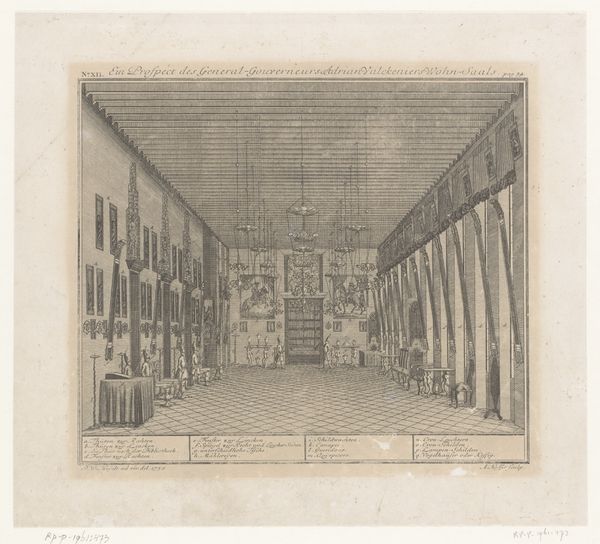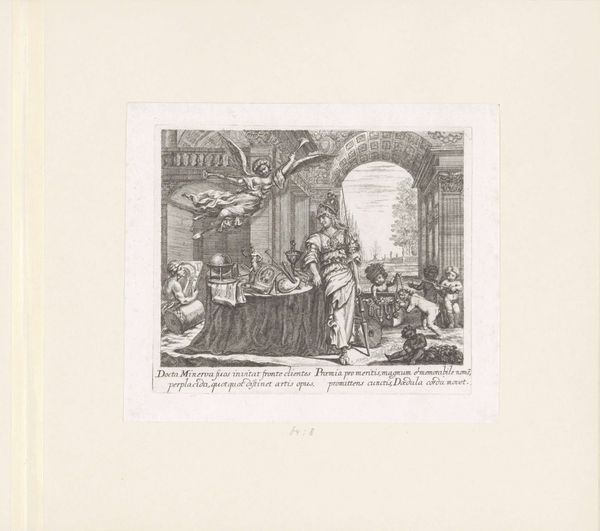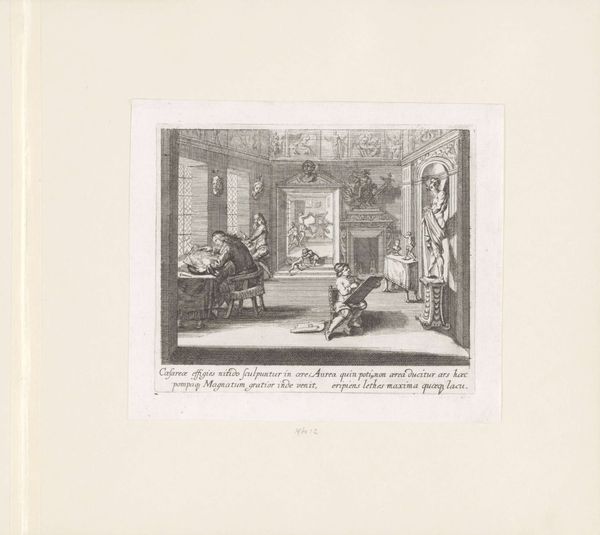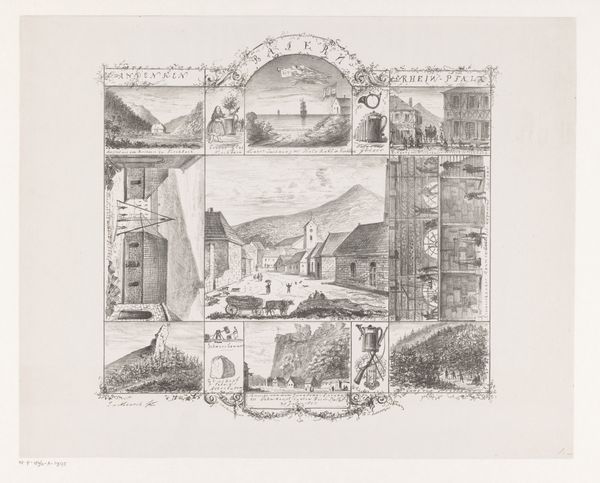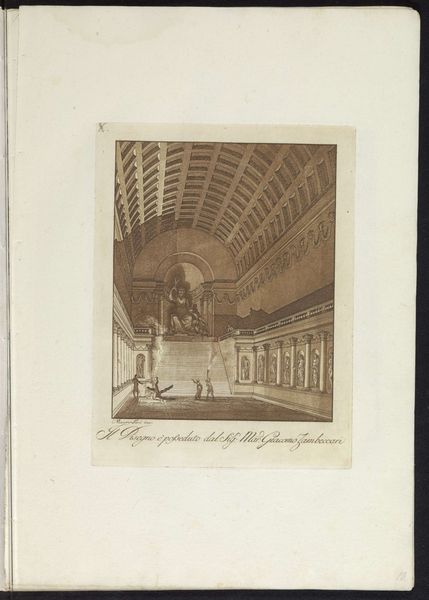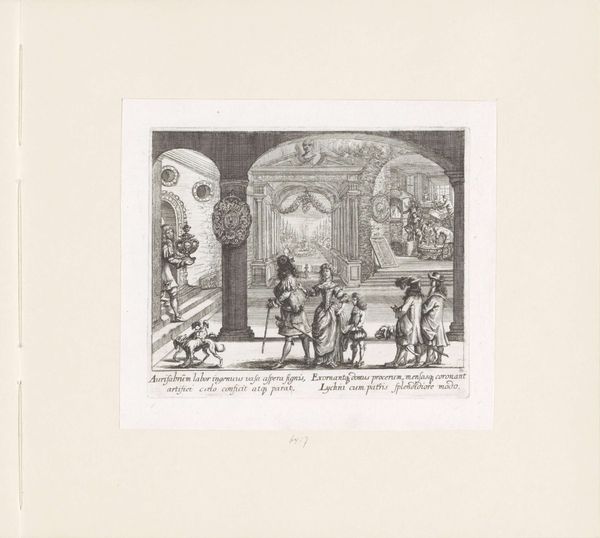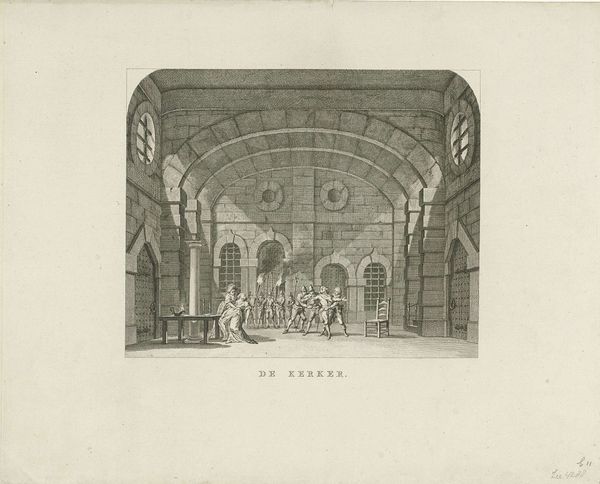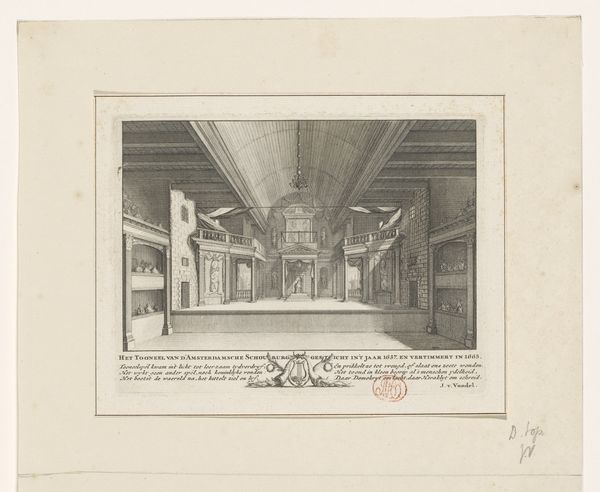
print, engraving
#
baroque
#
dutch-golden-age
# print
#
perspective
#
figuration
#
line
#
genre-painting
#
engraving
Dimensions: height 135 mm, width 160 mm
Copyright: Rijks Museum: Open Domain
Editor: This is "Cartograaf," a 1680 engraving by Mathäus Küsel, currently held at the Rijksmuseum. I find the depth in this image really compelling. What kind of symbolic reading can we give this depiction of, presumably, a mapmaker's studio? Curator: The image certainly speaks of a particular moment in intellectual history, wouldn't you say? What draws your eye first? Editor: I'm intrigued by the globe, almost like a character placed center-stage. But beyond the literal, I'm not sure what it *means*. Curator: Globes in this era acted as powerful symbols. Consider what they represented: not just geography, but also power, knowledge, and dominion. The cartographer wasn't just drawing maps, but framing a world, influencing how it was understood. How do the surrounding figures contribute? Editor: The two figures beside the globe feel like they are having a conversation. Almost like this process of mapping the world, deciding where everything goes, is in fact a social one. Am I on the right track? Curator: Precisely. Notice the books lining the shelves, the instruments scattered around – these are all pieces contributing to a narrative about the pursuit of understanding. Küsel uses line to give objects symbolic value, beyond their materiality. Perspective and genre coalesce here to highlight a distinctly Golden Age concern with categorizing, knowing, and therefore, possessing, the world. Editor: That makes a lot of sense. I never considered how loaded something as simple as a map could be. Curator: Exactly! This engraving shows us that even the pursuit of objective knowledge is embedded with cultural significance. We can appreciate its craft and consider it to be more than meets the eye.
Comments
No comments
Be the first to comment and join the conversation on the ultimate creative platform.



